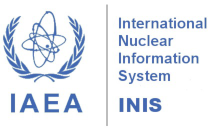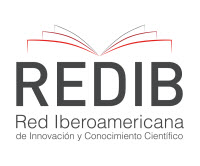New article published in 13(2A) - SENCIR 2025
Radiation Dose Coefficients for Healthcare Waste and Water Comparison
Abstract: According to national and international standards, some groups and subgroups of Healthcare Services Waste (RSS) must undergo some type of treatment to reduce or eliminate the pathogen load before final disposal, to avoid harm to human health and the environment. The pathogens present in the infecting HCW can be effectively inactivated by radiation, providing a uniform minimum dose recommended over the entire volume of the HCW. The analysis of radiation transport in HCW containment containers require determination of the radiation dose coefficients, called: KERMA-fluence for photons and the Mass Stopping Power for electrons; to verify whether the absorbed dose in the container was sufficient for pathogenic inactivation. The chemical compositions of segregated HCW, as well as non-segregated HCW, were evaluated by previous analytical studies by means of segregation of hospital waste. The mass energy absorption coefficients for the chemical composition of HCW at various energies of photon beams and the related density of the RSS supported the calculations of the Radiation Dose Coefficients, KERMA-fluence, and the Mass Stopping Power of electrons for HCW. The results for HCW were compared with equivalent water parameters. The water material does not represent a good substitute for HCW in the dosimetric processes of calibration of exposures to X-ray radiation and electrons in most of the energy spectrum analyzed. There are significant differences between the KERMA-fluence and Mass Stopping Power coefficients of the HCW in relation to water, inducing a very different energy fluency in the RSS in relation to water. A better radiological characterization of HCW for the purpose of sterilization by ionizing radiation was achieved. The Radiation Dose coefficients in the analyzed energy fluence range proved to be useful in the predictions of absorbed dose at exposures of non-standard volumes of RSS. Read full article.






















